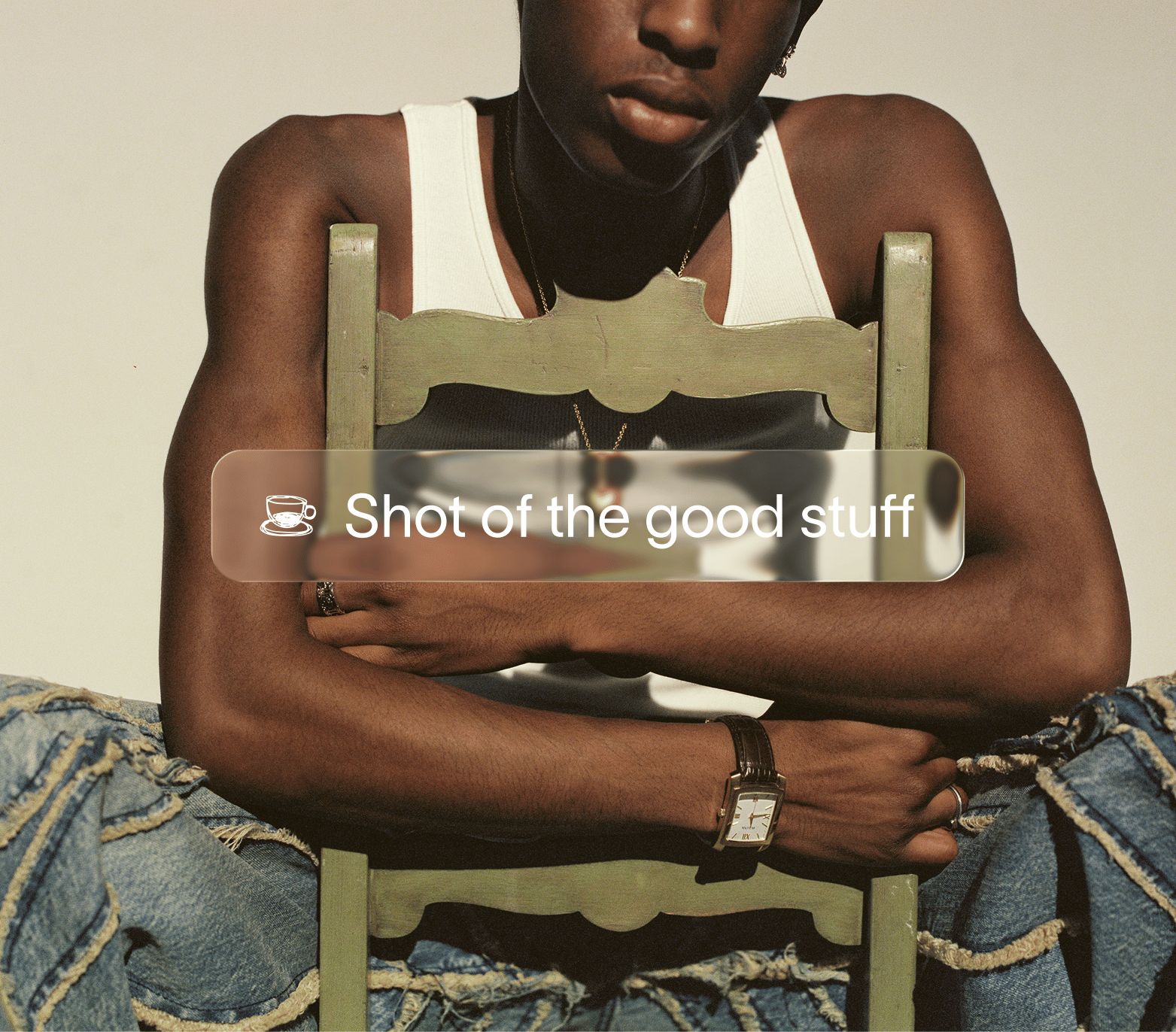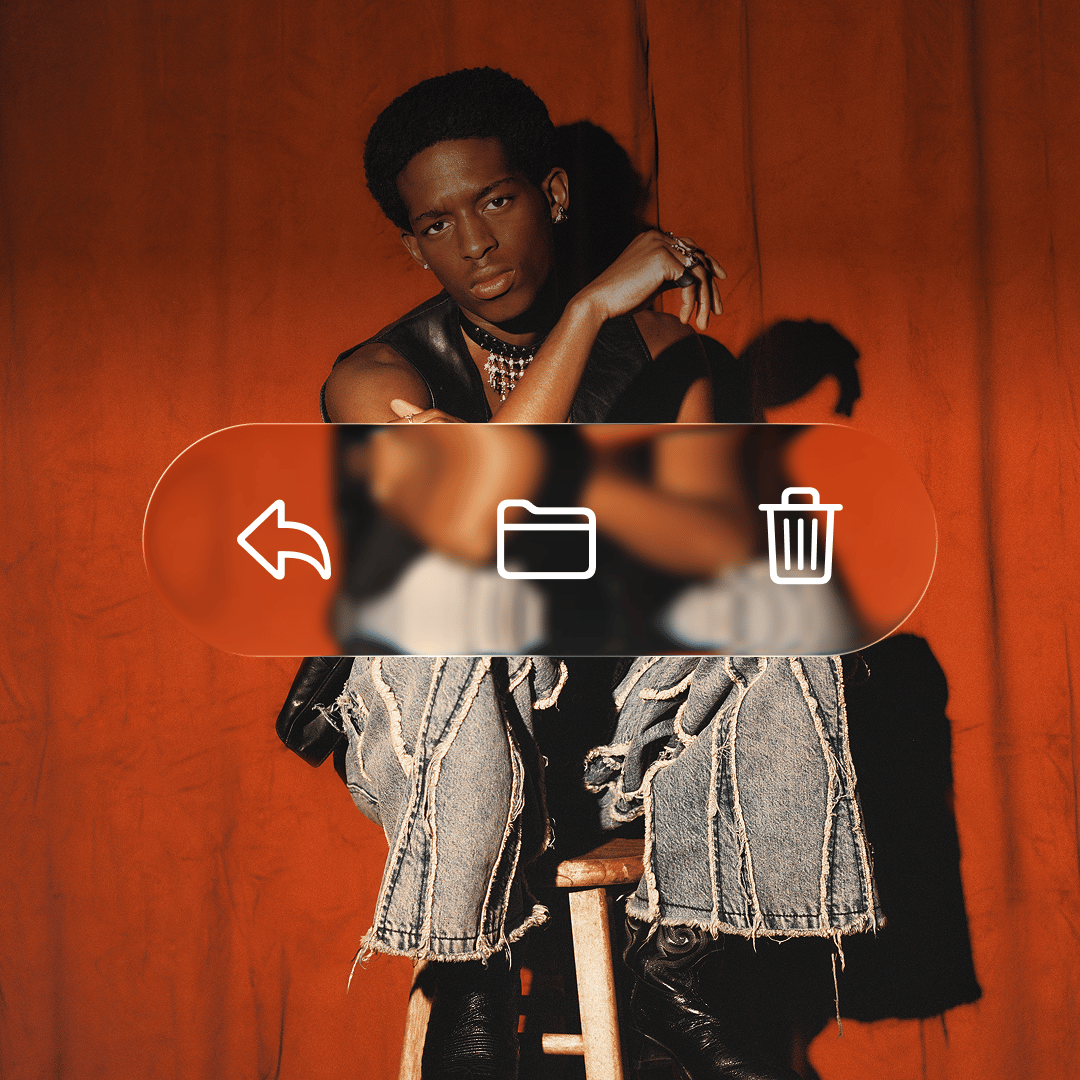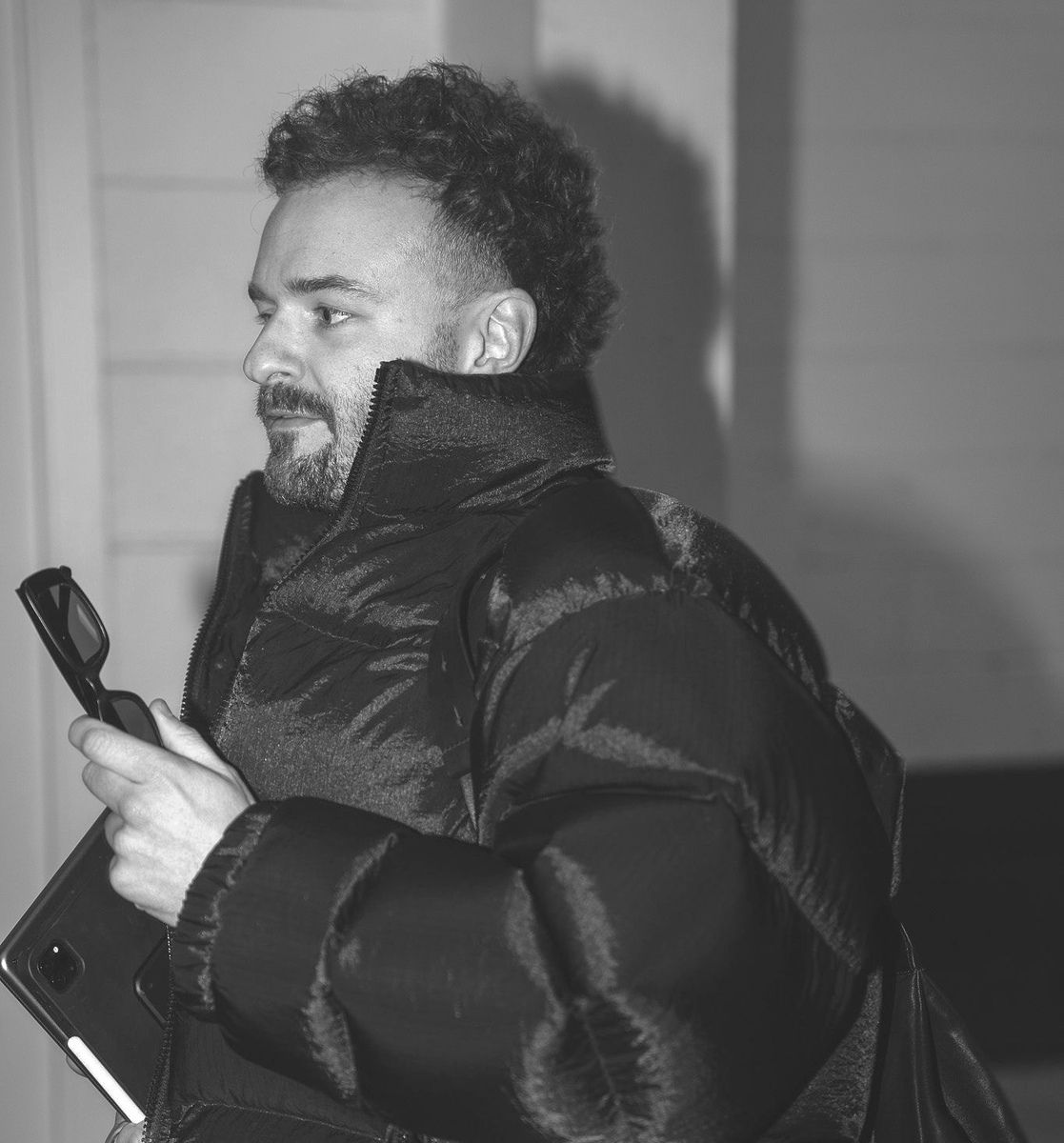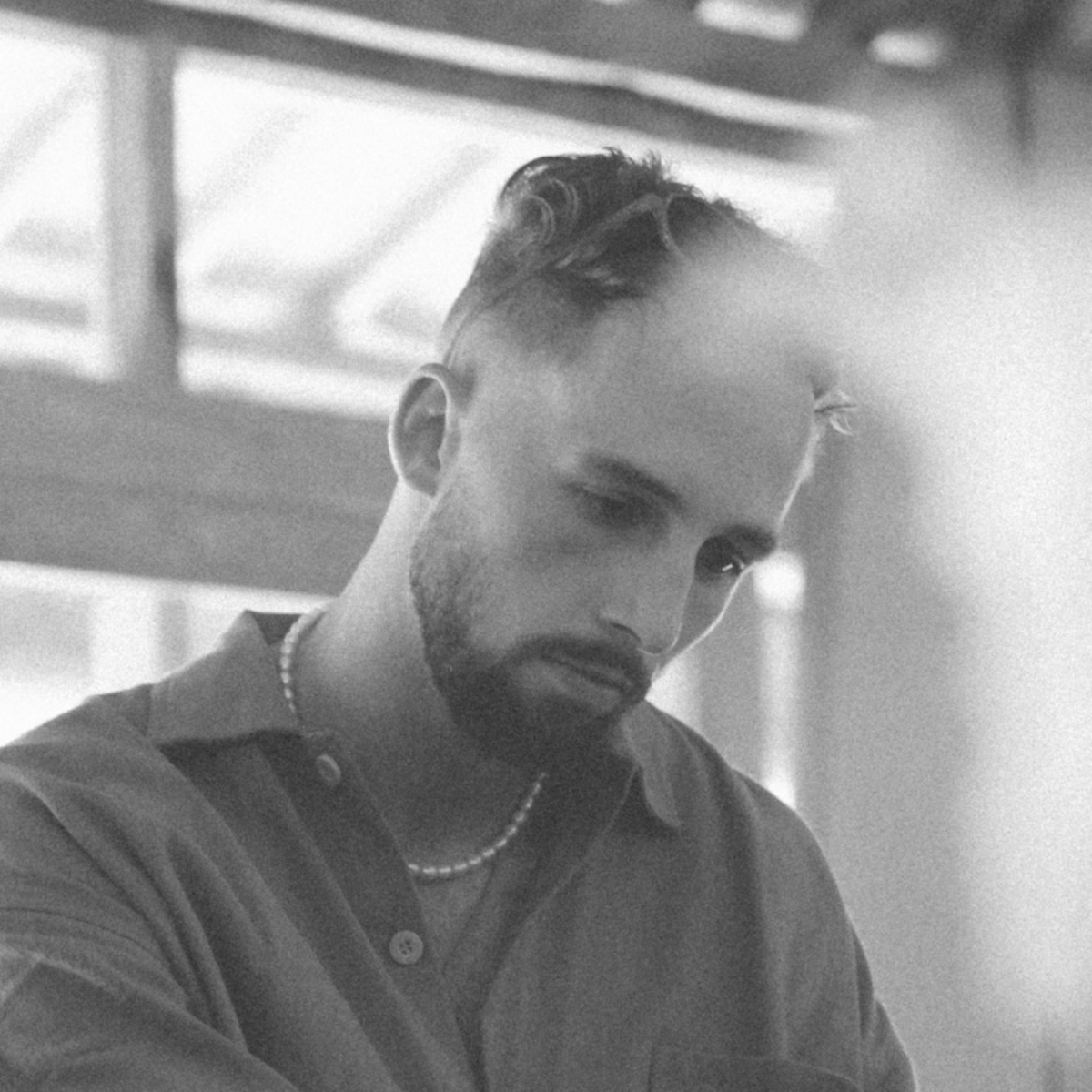
When Apple introduced iOS 26 last month, it wasn’t just a software reveal. It came dressed in a new design language. They called it Liquid Glass. A soft, glossy, translucent finish that feels like it belongs more in a concept showroom than a settings menu. It’s tactile in a way that almost invites you to fog it up with your breath.
But while Apple refined the aesthetic, the more interesting shift happened almost immediately after.
Figma has followed with an update of their own. Not a plug-in or a workaround. A new built-in glass effect, quietly added to the platform’s design toolkit. Suddenly, what Apple had teased onstage became something you could drag and drop into your next prototype. With a few clicks, Liquid Glass went from keynote to canvas. And from concept to commonplace.


It’s a trend we’re seeing more and more. A big platform sets the tone. The tools follow suit. The design language becomes accessible, editable, downloadable. Within days, it’s on websites, in pitch decks, on social ads and portfolios. There’s no lag anymore. Trends used to take seasons to filter into software. Now, they arrive as presets.
This moment with iOS and Figma is just the latest example of how aesthetics spread now. A brand launches a look. A tool makes it usable. And the entire creative internet reaches for the same sliders.

When a visual style comes pre-installed, it becomes harder to tell where originality ends and optimisation begins. What feels like creative taste might just be a well-lit default.
That doesn’t mean it’s wrong. In fact, it’s never been easier to build something beautiful. But when every template has the same shine, and every interface the same blur, you start to wonder whether it’s still design or just good software doing its job.
It’s a cycle worth watching. Big tech creates the aesthetic. Tools translate it. Designers distribute it. And within weeks, it becomes a global moodboard.
In the case of Liquid Glass, Apple led with vision. Figma made it frictionless. And now we’re all scrolling through it.
Maybe that’s the point. A new kind of design loop where inspiration, execution, and adoption happen in real time.
But still, the question remains:
When the aesthetic comes pre-built, are we making creative decisions, or just selecting the trend from a dropdown menu?
Shot of the good stuff



